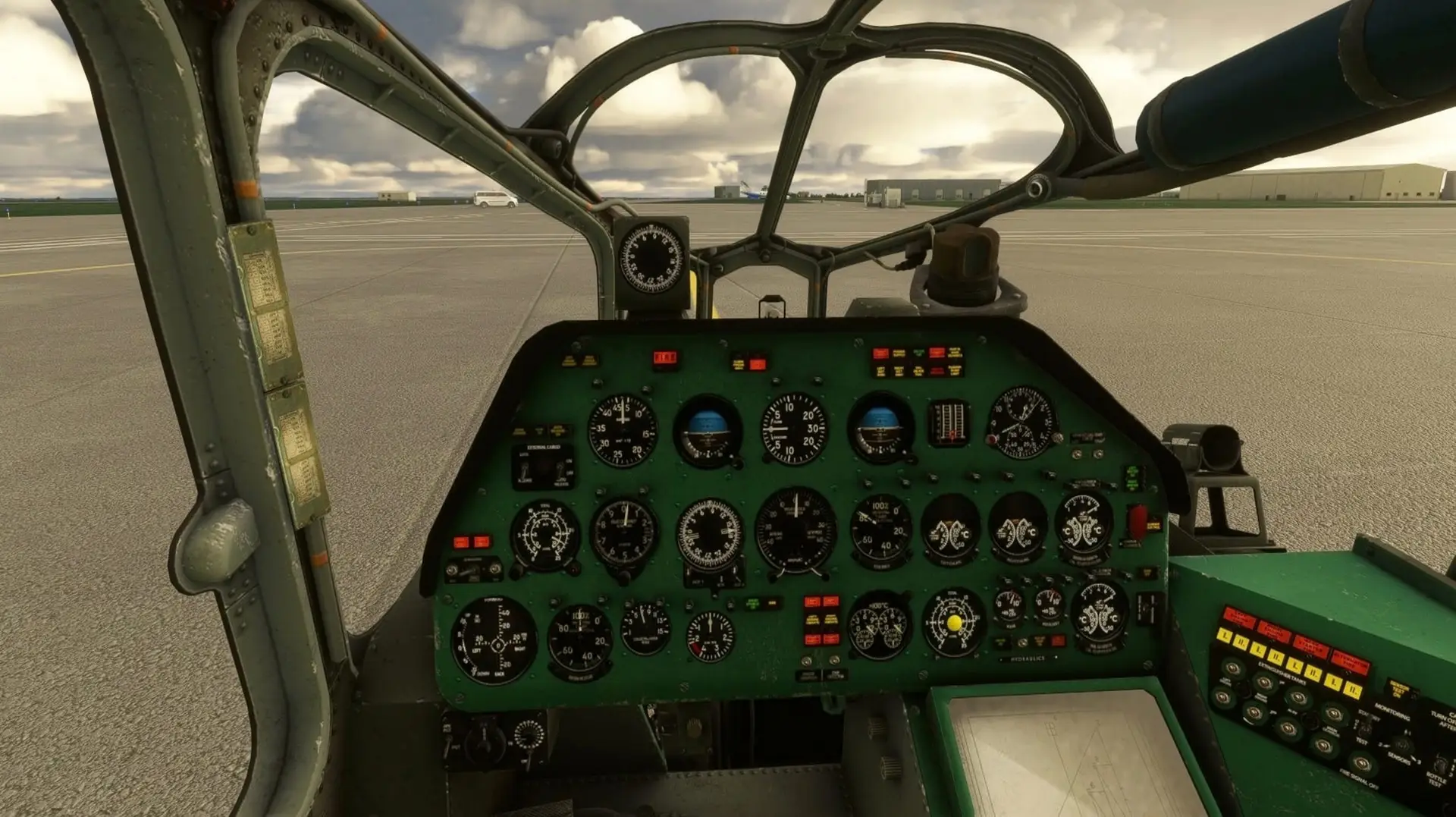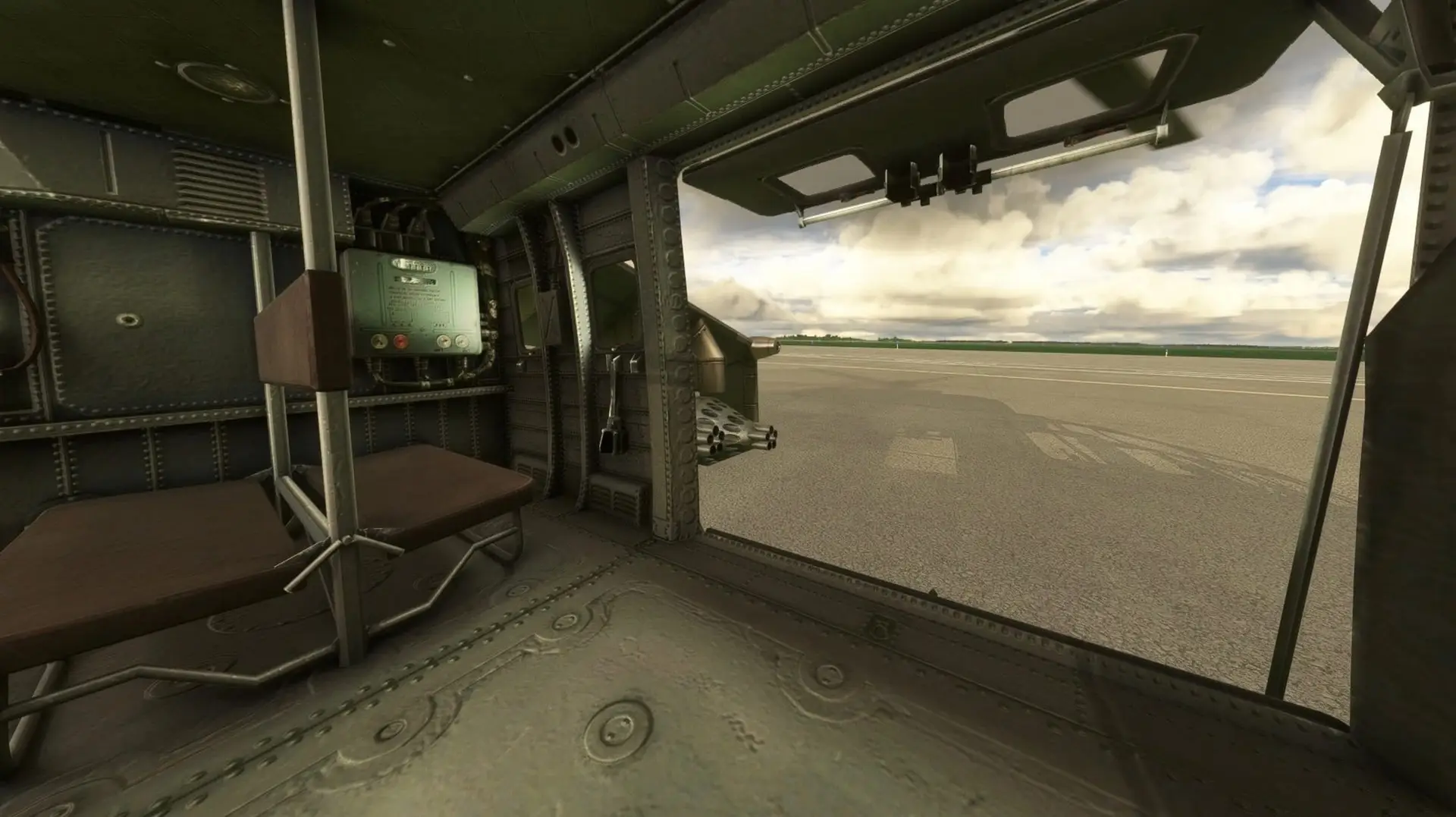The Mi-24A is a military attack and light assault support helicopter produced by Mil Moscow Helicopter Plant of Russia. Its primary role is air-to-surface attack, and it can also be configured to carry up to eight troops.
The Mi-24 took its maiden flight on September 19, 1969, and it entered service in 1972 with the Soviet Air Forces. Upon its release, NATO gave it the reporting name “Hind.” The helicopter has been used by the militaries of over 60 countries since its introduction and it has been used in over two dozen conflicts.
The Mi-24 was developed from the successful Mil Mi-8 medium-lift utility and transport helicopter. Engineers crafted the Mi-24 to be survivable, versatile, and able to quickly carry troops into combat, if necessary. The Mi-24A is the second iteration of the aircraft (after the Mi-24). Introduced in 1972, the Mi-24A features a 2-place cockpit protected by titanium armor and a distinctive “greenhouse” canopy with ballistic glass. It has a 5-blade main rotor system, a 3-blade anti-torque tail rotor system, and retractable tricycle landing gear. One of the helicopter’s most notable features is its short wing that has a span of 21 feet, 4 inches. The wing has a total of four hardpoints (two on each side), and two launch rails on each wingtip. The Mi-24A can carry a wide variety of weapons, including guns, autocannons, bombs, rockets, and missiles. External fuel tanks can also be mounted on its hard points for extended range.
The Mi-24A has a fuselage that measures 56 feet, 8 inches in length and stands 21 feet, 4 inches tall. It is powered by two Klimov TV3-117 turboshaft engines that each deliver up to 2,200 shaft horsepower for take-off and up to 1,700 shaft horsepower for normal flight. It has a range of 280 miles, a ceiling of 16,500 feet above sea level, and it climbs at 2,950 feet per minute. It cruises at 168 miles per hour and has a top speed of 200 mph.



